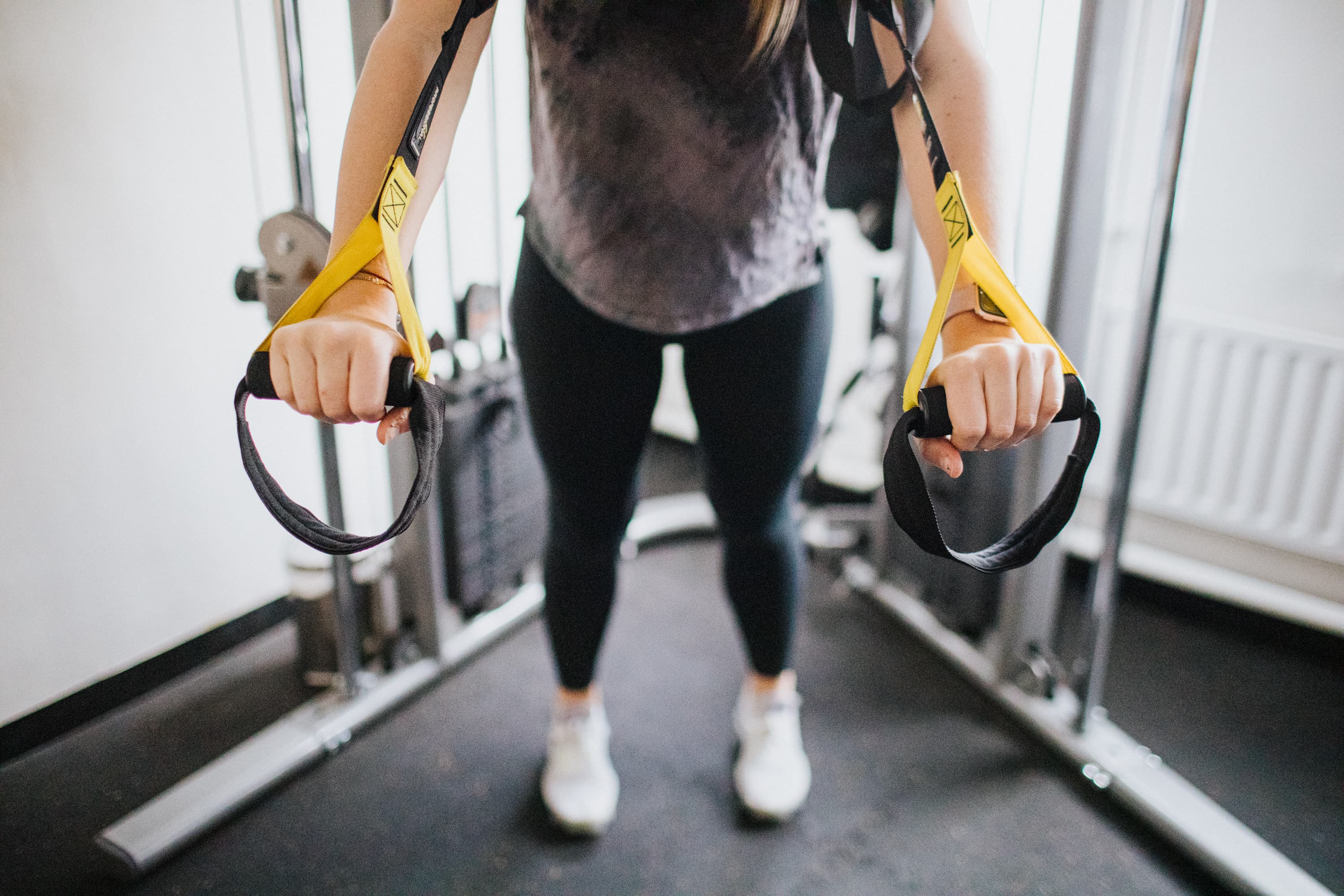Expert Physiotherapy for Rotator Cuff Pain at Carter & George
Relieve shoulder pain, regain strength, and get back to full mobility with personalised rotator cuff treatments

Pain when lifting the arm or carrying objects?
Common causes of rotator cuff pain include overuse, injury, or conditions like rotator cuff tendinopathy or shoulder impingement. You might experience:
Pain Lifting Arm
Pain when lifting the arm or carrying objects
Nighttime Discomfort
Nighttime discomfort or pain when lying on the shoulder
Arm Weakness
Arm weakness and shoulder instability
Our treatment methods include

What to Expect During Your Rotator Cuff Physiotherapy Appointment
When you visit Carter & George for rotator cuff physiotherapy, our goal is to identify the cause of your pain and create a personalised treatment plan. Here’s what you can expect:
Comprehensive Assessment
We evaluate your shoulder mobility, pain points, and medical history.
Personalised Treatment Plan
Tailored to your specific needs, which may include manual therapy, exercises, or advanced treatments.
Follow-Up Care
Ongoing sessions to ensure your progress and help you return to full activity as soon as possible.
Why Choose Carter & George for Rotator Cuff Pain Relief?
improvement in rotator cuff pain
Related articles
Check out our latest reads on all things musculoskeletal health

Experience the Carter & George difference
Find your nearest location and start your recovery journey today.










